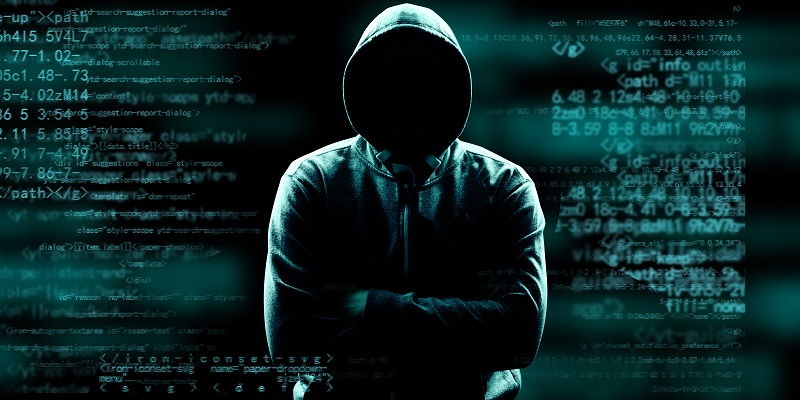The Storm-0558 hacking group has recently made headlines by successfully infiltrating the State Department’s email system, stealing a staggering 60,000 emails from 10 accounts. Nine of these compromised accounts were used by individuals specializing in East Asia and Pacific diplomacy, heightening concerns about the breach’s implications. This article delves into the extent of the hack, explores the vulnerabilities in the government’s reliance on a single vendor, examines a similar campaign by Chinese hackers in July, and underscores the sophistication and persistence of Chinese cyber-espionage activities targeting foreign entities.
Scope of the Hack
The Storm-0558 group’s breach extended beyond mere email theft, as they also gained access to a comprehensive list of all email accounts within the State Department. This not only signifies the magnitude of the breach but also raises concerns about the potential for future attacks and compromises within the department.
IConcerns about Single Vendor Reliance
Senator Eric Schmitt has voiced his concerns regarding the federal government’s heavy reliance on a single vendor for cybersecurity. The breach highlights the potential vulnerability of relying on a sole provider, emphasizing the need for a reevaluation of such practices to minimize the risk of similar attacks in the future.
Previous Chinese Cyber-Espionage Campaign
The State Department breach comes on the heels of Microsoft’s disclosure in July about a Chinese cyber-espionage campaign targeting at least 25 organizations, including the US government. This incident highlights the pervasive presence of Chinese hackers and their ability to access sensitive information across various sectors.
Attack Methods
Storm-0558 accessed customer email accounts within the State Department through fraudulent authentication tokens, effectively compromising Outlook Web Access in Exchange Online and Outlook.com. A critical aspect of their success was breaching a Microsoft engineer’s account, providing them with the signing key necessary for forging authentication tokens. The signing key was later leaked in April 2021 through a crash dump of data accessible via the engineer’s compromised account.
Zero-Day Validation Issue
Exploiting a zero-day validation issue, Storm-0558 managed to forge signed access tokens, allowing them to impersonate accounts within the State Department and other targeted organizations. This level of sophistication illustrates the growing capabilities of cybercriminals and the pressing need for robust security measures.
Vulnerabilities in US Government’s Email Security Measures
The cyber-espionage campaign against the State Department has uncovered significant weaknesses in the government’s email security measures. The reliance on a single vendor creates a single point of failure, making it more susceptible to breaches. This incident highlights the urgency of diversifying security strategies and exploring offerings from multiple vendors to enhance overall resilience.
Sophistication and Persistence of Chinese Cyber-Espionage
The Storm-0558 breach, along with the July campaign, underscores the sophistication and persistence of Chinese hackers engaged in cyber-espionage activities. Their calculated targeting of foreign entities demonstrates their intent to gather sensitive information and suggests the need for continuous vigilance and proactive measures to counter such threats.
The infiltration of the State Department’s email system by the Storm-0558 hacking group exposes the vulnerabilities faced by the US government in terms of email security. This incident serves as a wake-up call for policymakers and cybersecurity experts to reassess their strategies, diversify vendors, and implement comprehensive security measures. Heightened awareness and proactive countermeasures are crucial to safeguarding national security and protecting against future cyber espionage activities by threat actors such as Storm-0558 and others.

